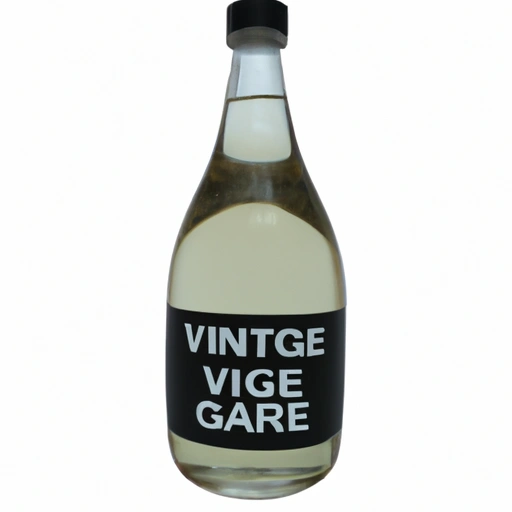White Vinegar
Description

White vinegar is a staple condiment known for its clear, acidic liquid form. It is produced through the fermentation of distilled alcohol, which results in a product that has a typical acidity of 5-7%. White vinegar, also referred to as distilled vinegar, spirit vinegar, or virgin vinegar, is a common ingredient in various cuisines around the world. In the US, the acidity is measured in grains, with 10 grains being equivalent to 1% acidity, so typical white vinegar is 50-70 grains. In Europe, the acidity might be labeled in percentages or as 'azijn' in Dutch.
Common uses
Due to its acidic content and preservative qualities, white vinegar is commonly used in pickling vegetables, marinating meats, and crafting vinaigrettes. It's also a go-to ingredient for homemade cleaning solutions and as a natural disinfectant.
Nutritional value
Calories
White vinegar is low in calories, with roughly 3 calories per tablespoon (15 ml).
Protein
It contains a negligible amount of protein.
Fat
White vinegar contains no fat.
Carbohydrates
It has a minimal carbohydrate content, mostly in the form of acetic acid.
Vitamins
There are no significant amounts of vitamins in white vinegar.
Minerals
It is not a notable source of minerals.
Health benefits
While not nutrient-dense, white vinegar may help with blood sugar control and has antimicrobial properties. Its high acidity can aid in food preservation by inhibiting the growth of harmful bacteria.
Potential risks
Excessive consumption can lead to dental erosion or digestive issues due to its high acidity. It's important to dilute white vinegar and use it in moderation.
Common recipes
White vinegar is often used in recipes for pickles, marinades, and sauces. It's also a key component in condiments like mayonnaise and mustard.
Cooking methods
It is used in boiling, braising, and as a component in cold emulsions.
Pairing with other ingredients
White vinegar pairs well with fresh vegetables, complements rich meats, and balances the sweetness in certain desserts and beverages.
Summary
White vinegar is a versatile ingredient with a long history of culinary and household uses. Its sharp flavor and preservative properties make it an indispensable item in kitchens worldwide. With its low calorie and fat content, it offers a way to add zest to dishes without adding significant nutritional value. Nevertheless, its health benefits and diverse applications in recipes from pickling to marinating ensure its enduring popularity.